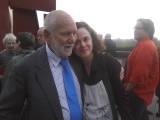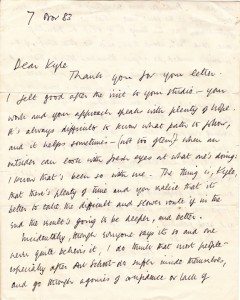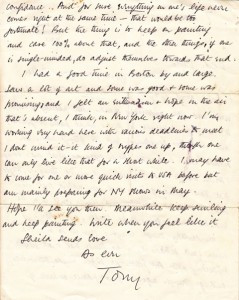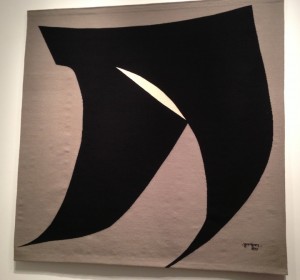RIP Saul Leiter, Important NYC Photographer Appreciated in the NY Times
Thanksgiving Afternoon Update: After tweeting and posting about Saul Leiter last night, I’ve seen a few more pieces on him today, and have had quite a wide reaction to what I’d shared. The best piece today is Teju Cole’s postscript on Leiter in The New Yorker. The Brooklyn writer, born to Nigerian parents in the US, was best known to me for his 2102 novel Open City, but now I see he’s also accomplished in photography, writing about it and taking pictures. This is from the end of his fine New Yorker appreciation:
“The content of Saul Leiter’s photographs arrives on a sort of delay: it takes a moment after the first glance to know what the picture is about. You don’t so much see the image as let it dissolve into your consciousness, like a tablet in a glass of water. One of the difficulties of photography is that it is much better at being explicit than at being reticent. Precisely how the hypnotic and dreamlike feeling is achieved in Leiter’s work is a mystery, even to their creator. As he said in “In No Great Hurry,” laughing, “If I’d only known which ones would be very good and liked, I wouldn’t have had to do all the thousands of others.”
—
RIP Saul Leiter, key figure among NY photogs, 1st to shoot color routinely, was also a painter. See also #Lens blog. http://t.co/MQ6szk9qy3
— Philip Turner (@philipsturner) November 28, 2013
Lens blog on photog Saul Leiter by his friend Tony Cenicola. God, I wld love to have seen ’50s NYC. http://t.co/OOUXBHkqqf @nytimesphoto
— Philip Turner (@philipsturner) November 28, 2013
Before photog Saul Leiter died this TUES-@CaraNYT wrote abt his art, “like taking a dart to the heart.” @nytimesphoto http://t.co/YIs2u7mj5a
— Philip Turner (@philipsturner) November 28, 2013
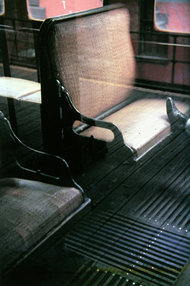 Saul Leiter was an amazing photographic artist who I am only just learning about now, because of the obituary on him by Margalit Fox; the Lens blog post about him by friend Tony Cenicola, in today’s NY Times, and a Lens blog post by Cara Buckley from November 15 about a new film on Leiter, “In No Great Hurry: 13 Lessons in Life With Saul Leiter.” Much of his work is at the Howard Greenberg Gallery in NYC. I urge you to look at his work there. This is from Cara Buckley’s post:
Saul Leiter was an amazing photographic artist who I am only just learning about now, because of the obituary on him by Margalit Fox; the Lens blog post about him by friend Tony Cenicola, in today’s NY Times, and a Lens blog post by Cara Buckley from November 15 about a new film on Leiter, “In No Great Hurry: 13 Lessons in Life With Saul Leiter.” Much of his work is at the Howard Greenberg Gallery in NYC. I urge you to look at his work there. This is from Cara Buckley’s post:
“There is something so poignant about Saul Leiter’s work that looking at it can feel like taking a dart to the heart. Drenched in luxuriant, saturated colors, the images instantly transport the viewer into the photographer’s shoes: peeping from beneath an awning to a snow-swept street, or through a befogged cafe window, weeping with condensation, to a man taking pause on a wintry sidewalk. Intimate and empathetic, Mr. Leiter’s photographs relay what all New Yorkers know about their roaring, daunting home: that life in the city is filled with stolen glimpses and fleeting, quietly personal and often gorgeous moments.”


